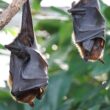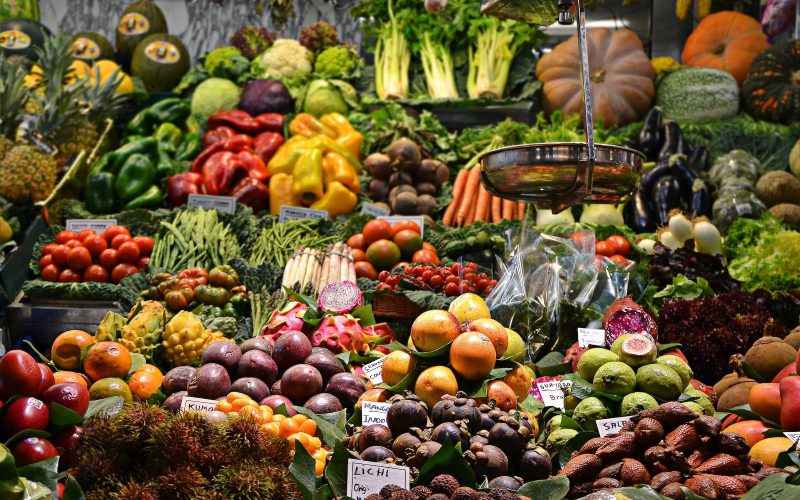There are vegetables and fruits that contain fructose naturally, a simple sugar also known as a monosaccharide.
Additionally, fructose is available in supermarkets as a sweetener or high-fructose corn syrup (HFCS), which is added to food.
The nutritional database of the USDA was utilized to determine the fructose content of various fruits.
However, studies indicate that 50–100 grams of fructose should be consumed daily.
This covers fructose from all sources, including high fructose corn syrup and fruits.
Among the most widely consumed fruits containing fructose are apples, pears, and others listed on our blog list.
The simple sugar known as fructose can be found in fruit, vegetables, and natural sweeteners.
Let’s dive in on the list of fruits that contain fructose
1. Grape

In the US, grapes are among the most popular fruits that contain fructose. They are among the most studied fruits because of their function in making wine.
Polyphenols, a naturally occurring chemical that lowers inflammation, are abundant in grapes.
Moreover, studies have demonstrated that grapes lower cholesterol, strengthen the immune system, and enhance cognitive performance.
All grapes are good for you, but red grapes are especially beneficial. Resveratrol, a polyphenol, is what gives red (and purple) grapes their darker hue.
Red grapes have an anti-inflammatory benefit over green and other lighter-colored grapes due to the presence of resveratrol.
Though they are both high in fructose, red grapes are better for your health than green grapes.
Despite its health advantages, grapes are heavy fruits containing fructose.
Green grapes and red grapes provide more than 8 and 9 grams of fructose, respectively, at half-cup serving sizes.
Fruits with the greatest fructose content are fresh grapes. Despite their health benefits, grapes could be challenging to incorporate into a low-fructose diet.
Thus, take pleasure in grapes sparingly, maybe with a few other lower-fructose fruits.
2. Jackfruit
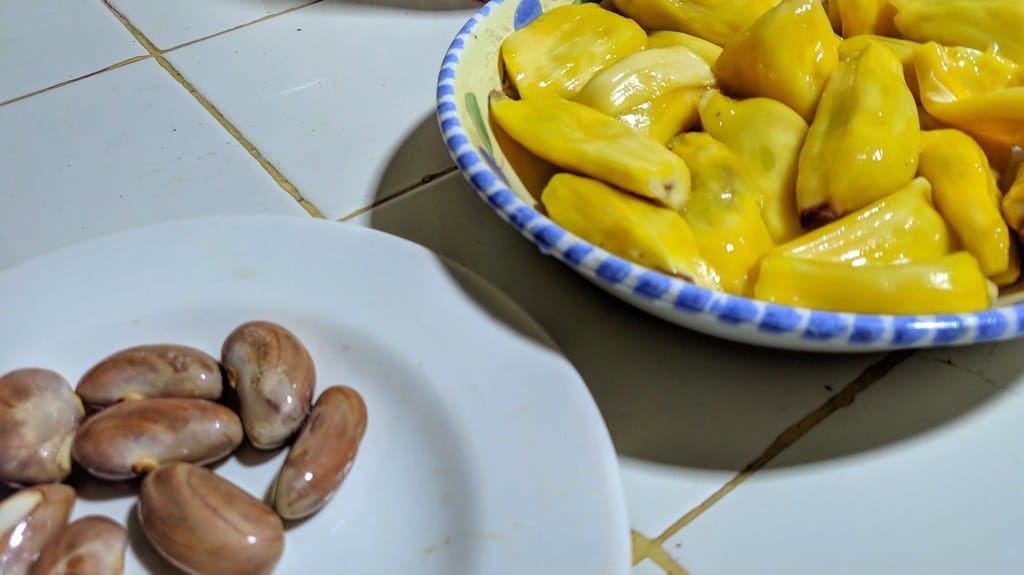
Jackfruit is also one of the fruits that contain fructose. For those who do not know, jackfruit is a huge tropical fruit that belongs to the same family as figs.
The flavor of ripe jackfruit is sweet, like that of a banana or mango.
Unripe jackfruit can be used as a vegan meat substitute because of its meatier texture and milder flavor.
Potassium, magnesium, and B vitamins are all present in good amounts in jackfruit.
Jackfruit benefits heart health because potassium balances out high salt levels 10.
The jackfruit’s huge, edible (when cooked) seeds are paired with white to yellow flesh beneath a green, rough skin.
These fruits that contain fructose are more frequently found in Asian food stores in the US but can be purchased in other grocery stores as well.
Canned jackfruit is becoming increasingly frequent on grocery store shelves.
For instance, canned jackfruit is available in my town’s upscale grocery stores, but I’ve never seen it in cheap food stores.
A half cup of jackfruit contains more than 7.5 grams of fructose, making it a high-fructose fruit.
Reducing the portion size in this case is also not wise, as a quarter of a cup of jackfruit contains almost 4 grams of fructose.
Jackfruit is probably best avoided if you’re watching your fructose intake.
3. Banana

One fruit with the greatest fructose content is the banana. A medium banana has 5.72 grams of fructose, which many consider a typical serving size.
The fructose content of a large banana is 6.60 grams.
Bananas, on the other hand, are low FODMAP fruits because they contain more glucose than fructose.
Therefore, bananas are a good example of how differing fructose content measurements might result in varied labeling.
If you’re interested in learning more, we’ve written a whole post about the fructose content in bananas.
4. Papaya

Papayas are tropical fruits that contain fructose, just like jackfruit.
Unripe papayas must be cooked before eating since they have a green peel.
A ripe papaya can be eaten raw and has an orange peel. The flesh, or insides, of the papaya comes in many colors: yellow, orange, and red.
Vitamin C, which is abundant in papayas, helps maintain a healthy immune system.
Papaya is believed to lower inflammation and offer protection against certain types of cancer due to its high flavonoid content.
The weight of a small papaya, roughly 5.5 ounces, is over 6 grams of fructose.
Cutting back on the serving size seems like a sensible choice if you want to give papaya a try.
With 2.9 grams of fructose, half of a small papaya is less than the required 3 grams to be classified as low fructose.
Just watch out for serving sizes and any additional foods you may consume with papaya that contain fructose.
Papayas are high fruits containing fructose; eating them alone could quickly blow your allowance.
5. Dried Medjool Date
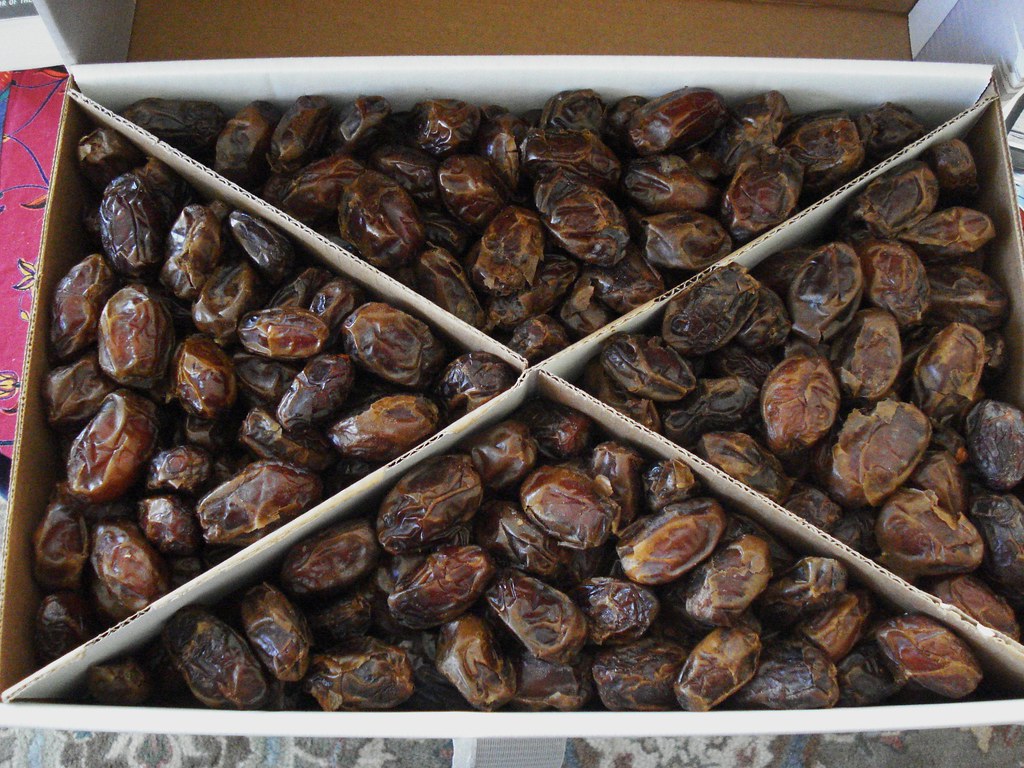
The fruit with the greatest fructose content is dried medjool dates. Medjool dates have a very high fructose content, as you will notice.
Upon initially encountering this figure, I assumed it had to be incorrect. I verified the reported number for Medjool dates with several sources, and it is accurate.
For this reason, dates are frequently used instead of honey or cane sugar.
This should be remembered the next time you come across goods that have been “naturally sweetened” with dates.
6. Apple

Apples are also one of the fruits that contain fructose. A daily apple provides you with 12.5 grams of fructose and fiber, potassium, and polyphenols, all of which are essential nutrients.
Consuming apples on a regular basis may enhance your heart health.
A June 2015 study in Nutrients reported that eating apples frequently is associated with decreased total cholesterol levels based on multiple studies.
7. Pear

Still on our list of fruits that contain fructose is pears. With 5 grams or 20% of the daily value (DV), pears are a great fiber source in only one fruit.
Pears naturally contain 11.4 grams of fructose, which gives them their sweetness.
It’s the ideal fruit to utilize in pear dessert recipes to fulfill your sweet craving and wow your visitors because of its high fiber content.
8. Raisin

The nutrients in raisins are far denser than in fresh grapes since all the water has been extracted. 9.9 grams of fructose are found in only one ounce of raisins.
According to the USDA, raisins are a wonderful method to get the recommended 2 cups of fruit per day.
A half-cup of raisins or any other type of dried fruit is equivalent to one cup of fruit.
9. Blueberry

Blueberries also contain a lot of fructose—7.4 grams per cup. Combine blueberries with chia seeds and plain Greek yogurt for a satisfying snack.
10. Tomato Paste

Without a can or two of tomato paste, no pantry is complete. (Technically speaking, tomatoes are a fruit.)
This thicker relative of tomato sauce works well in pasta dishes, meatloaf, and chili recipes. Tomato paste contains 3.8 grams of fructose per quarter cup.
There is some fructose in tomatoes as well, but not much—just 2 grams in a cup of cherry tomatoes.
If you only use half of your tomato paste at a time, divide the remaining paste into dollop portions of one tablespoon and freeze in an airtight jar to reduce waste.
You may then use the remainder in your next dish.
11. Coconut Water
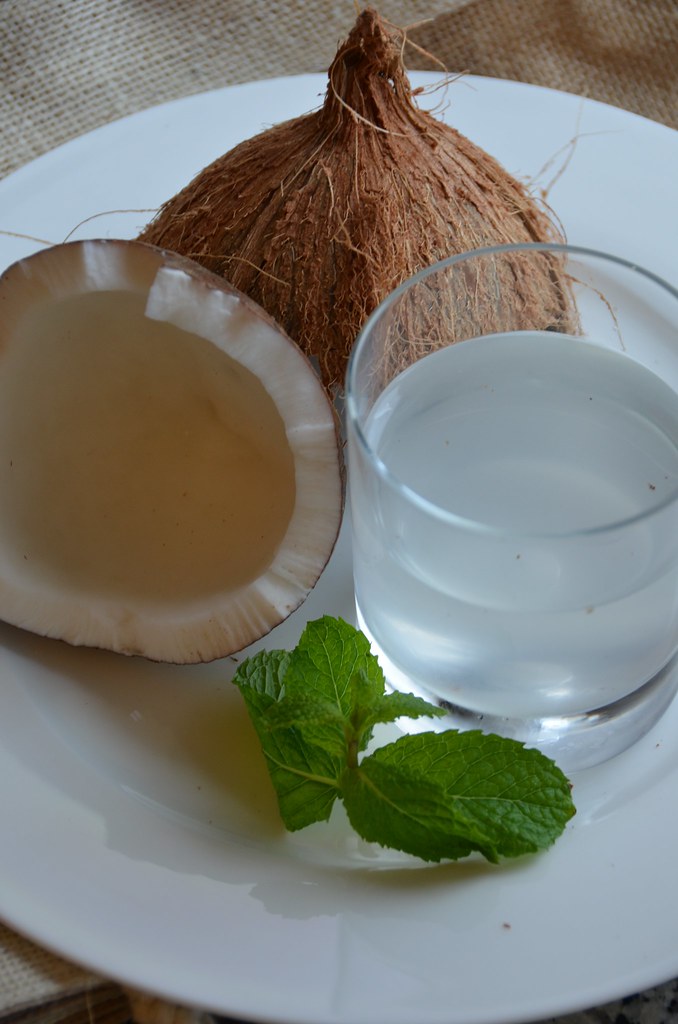
Coconut water is ending our list of fruits that contain fructose.
After a workout, coconut water replenishes electrolytes like potassium and salt, making it the best hydration beverage.
Unsweetened coconut has 5.2 grams of fructose per cup despite being low in calories.
You can drink coconut water on its own or mix it into your smoothie after a run.
Conclusion
Most fresh fruits have low to moderate fructose content at typical serving sizes.
Therefore, there aren’t many fresh fruits you should avoid if you can’t eat fruits that contain fructose.
Nevertheless, remember that various methods for determining a food’s fructose concentration exist.
You might need to use a different fructose content metric if you can tolerate some fruits with higher fructose lists better than those on the low and moderate lists.
Maybe you should stay away from fruits that are high in glucose. Alternatively, perhaps the fructose % is more important to you.



